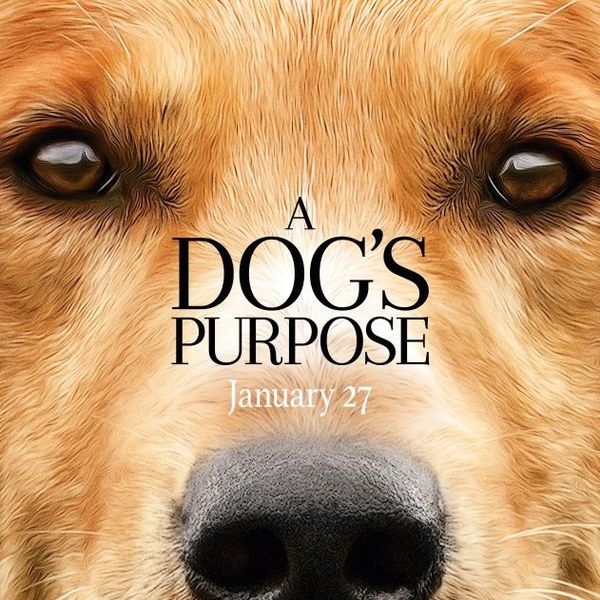From the moment I watched the Netflix trailer for "The Little Prince" (directed by Mark Osborne, 2015), I knew it would find a special place in my heart. "Our Corner of the Universe" by K.S. Rhoads was the perfect song, and Jeff Bridges' soothing voice can make anything sound wonderful. The film met my expectations, which is awesome because I had high expectations going into it given the promising trailer and star-studded cast. "The Little Prince" is a story about love, loss, imagination and, of course, the inevitability of growing up. As with every film, I recommend going in blind, but, if you still need convincing, read on.
"The Little Prince" is a children's movie in the same way that "WALL-E" and "Up" are children's movies—that is to say, it isn't; rather, it's a movie for everyone. These movies are some of my favorites because to make a film whose demographic is all people is to make a film with a central theme that is some visceral, basic, all-encompassing idea that every person—young or old and from any background—understands. The best part about art made for everyone is that everyone experiences it differently. A child watching "The Little Prince" might see it as an introduction to the idea of imagination and wonder, whereas an adult might use it as an opportunity to reevaluate and connect with those childhood ideas and will probably better understand and be moved by the heavier themes of loss and grief that pervade the film. Art for all is a beautiful thing, and it becomes even more beautiful when it is compressed into a single work.
The animation style is what sets the film apart from other animated films, in that it uses different mediums for different layers of the story. The overarching story of the film is animated in the traditional CG style, while the story-within-a-story parts of the film, taken from the book and told by the aviator, are animated using beautiful stop-motion paper drawings and models, which we can thank Jamie Caliri, Alex Juhasz and Corinne Merrell for. In an interview, Mark Osborne said, "They came up with this idea that we could use paper for everything you see in the movie, in the stop-motion sequences. Anything that the light touches is paper, so you get this very visceral and textural feeling from the stop-motion and Jamie is really amazing at using light. He's an incredible DP, and he used light to really highlight the textures and bring out the emotional ideas and delicate nature in all those original drawings."
Music can make a bad film bearable and a good film even better. When Hans Zimmer is involved, the latter is usually the case. For "The Little Prince" Zimmer employed the voice of French singer Camille and frequently incorporates her quiet syllables into the film's orchestral arrangements to keep time and weave into the movie's themes. Zimmer is known for his slow building of central themes and prominent time-keeping. To see what I mean, listen to "Preparation" and "Mountains." Both use Zimmer's signature style, but the first contrasts the bleak, dystopian adult world and the wondrous, colorful world through a child's eyes in "The Little Prince;" the second instills dread and creates suspense that slowly and inevitably builds in "Interstellar."
Mark Osborne was elated to work with Hans Zimmer, saying, "He had three brilliant ideas: he wanted it to sound French. He didn't want it to sound like any other animated movie and didn't want it to sound like an animated movie. Second was his idea to bring on Camille. He showed me examples of what she could do with her voice and the way she creates her art—a perfect example of him being super smart in putting elements together. The third thing that was genius was that he had a friendship with a composer, Richard Harvey. He said, 'I know what I want to do. I can't do it, but Richard Harvey can. I want to partner with him.'"
"The Little Prince" became an instant favorite and must-watch of mine before I had even finished it. A beautiful story with many equally beautiful messages, beautiful art style, beautiful music—just beautiful. I recommend it to everyone, because it is, indeed, for everyone. It's on Netflix. Watch it. But give yourself time afterward and watch it alone or with a loved one. The best movies tug the heartstrings a little.



















